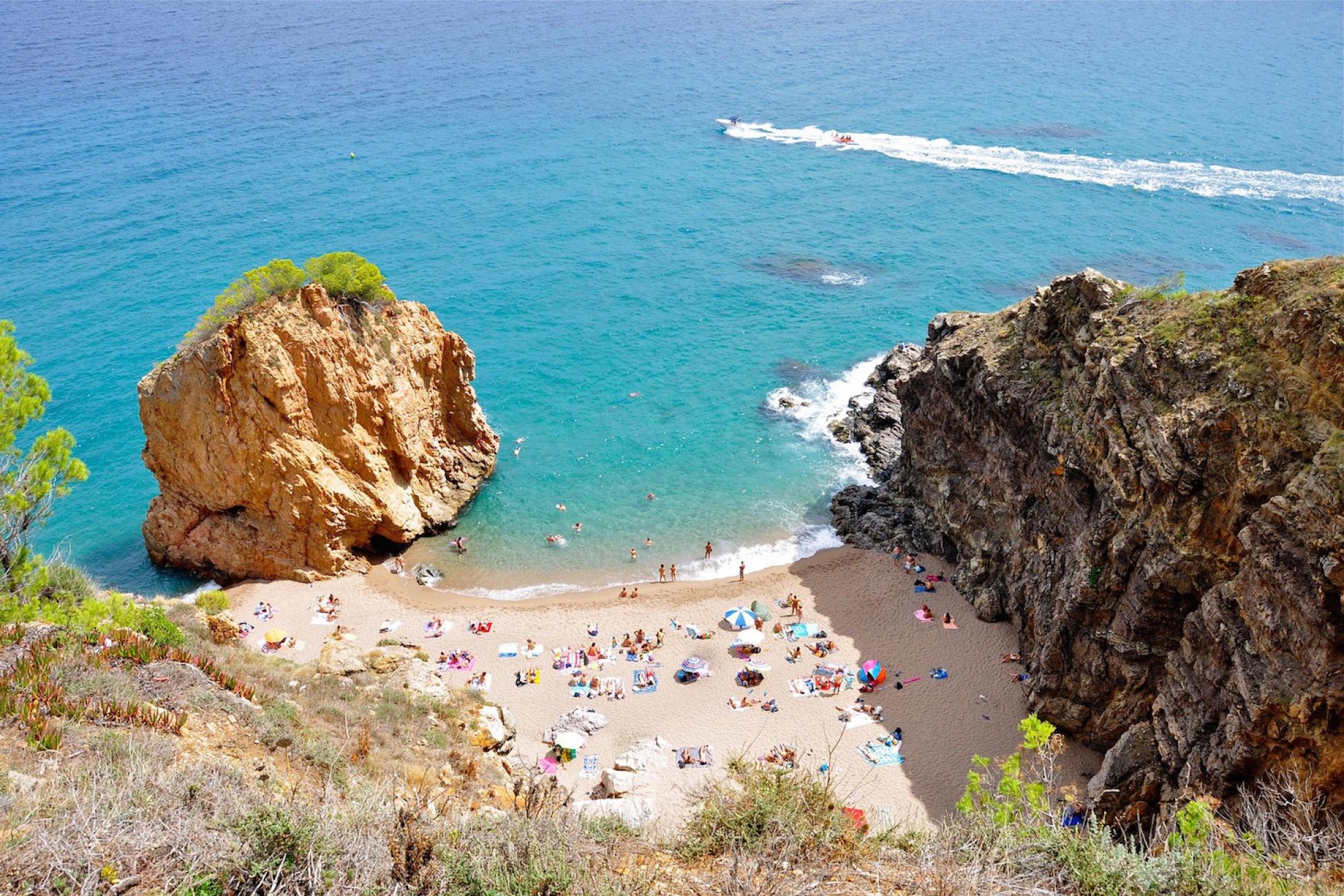A few weeks ago, I was giving a class to my advanced English students when I said something that rendered them speechless. The looks they gave me were of disgust and befuddlement. Downright incredulity, even.
I had told them that at one time in my life, I didn’t take lunch breaks. No, instead, I ate lunch while I worked at my desk.
“Sometimes though, on Fridays, I would spend about 30 or 45 minutes eating in the park by my office,” I told them, hoping to ease the tension in the room, proud of my own caprice.
Confused faces abound. Some tried to clarify if I was actually joking. Perhaps they didn’t understand this strange foreigner’s sense of humour. I assured them that this was no joke.
The siesta is real, and so is the struggle
One of the biggest surprises I faced when coming to Spain was how long it took to get used to the work schedule. Most stores are open from 9 a.m. to 2 p.m., closed for at least two hours, then open again from about 5 p.m. to 8 p.m. The fabled siesta in action.
Elementary schools, banks, and government offices all close for good at 2 p.m. Very few shops are open on Sundays. Restaurant kitchens are typically dormant until at least 8 p.m., and businesses close for weeks on end during the summer. Outside of the major cities that welcome international tourism, this is a standard Spanish schedule—a radical departure from anything I was used to. In the beginning, I was purely vexed with it all.
The Spanish schedule was a round hole and my time management experience was a big square peg.
Between the Spanish schedule and my visa’s work-hour limitations, I was faced with more free time than I’d had in years. It may seem absurd to complain about free time—that coveted unicorn so many people continually search for—but if you don’t know how to spend it, you come to dread it.
I can only describe my earliest attempts at adapting to the schedule as wasted time. I read Internet articles I wouldn’t remember, scrolled and swiped and clicked with abandon, and took naps I didn’t need. So upon realizing my slothfulness, and in an attempt to salvage my self worth, I did something I’m prone to doing: I overcompensated. I took on hours and hours of private, under-the-table English classes and committed to commuting all over town, assuming this would give me the sense of accomplishment that I’d been missing before.
Wrong again. In trying to plan a schedule that was akin to what I was used to, I started to resent the extra work I took on. Yes, I was in a foreign country, but what good was that if I only spent time in my apartment planning lessons, in transit and stressed, or at work? The Spanish schedule was a round hole and my time management experience was a big square peg. I mashed and mashed but nothing gave.
Sometimes, it just doesn’t translate
I’ve since realized that, just as in language, you can’t try to directly translate culture. I couldn’t overlay what I knew about work-life balance with the culture I was actually a part of. I tried, and I failed.
I first needed to understand the Spanish schedule, the structure, the meaning of it—and then I could adapt to it. And in Spain, adapting to it means being extremely social, committing the time to have a big lunch, staying out late (but not necessarily partying), spending time with extended family, strolling to see who you find in the streets, and so many more delightful quirks I’m going to bring back home with me.
Once I started understanding and adapting, rather than translating and forcing, I saw the Spanish schedule, with its long midday breaks and frequent days off, as a far more balanced approach to life than what I’d previously experienced. There are of course detractors and exceptions. I’ve only lived in small towns, and Spain’s large metropolises are more or less like any other European city. Collectively, Spanish workers actually clock more hours than their European counterparts because of the split day, contributing to its notoriously low productivity figures.
But numbers can’t relay the story of Spain that I’ve seen—that it’s hard not to smile when having a midday red wine with an affordable three-course lunch. That your job isn’t your identity. That numbers see lower productivity, but I see lower stress.
So here’s my challenge now. I can’t expect to overlay the Spanish work-life balance I’ve grown used to on top of America’s, just as I couldn’t do the opposite here in Spain. I’ll need to find my own work-life balance, based on my collective experiences and current surroundings, and integrate it seamlessly.
Challenge accepted.
Add this article to your reading list




